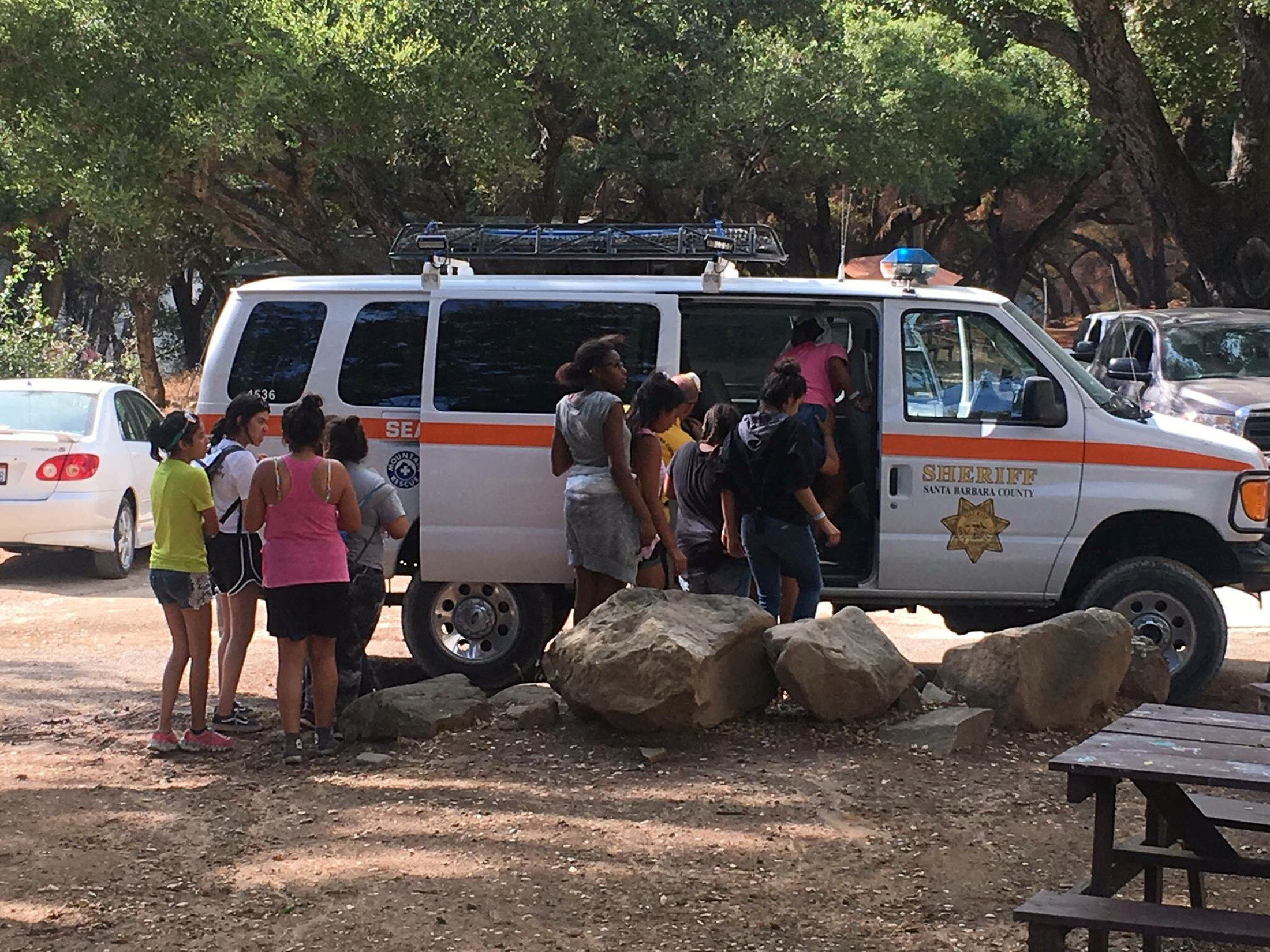
By Marc Vartabedian
SANTA ROSA, Calif. (Reuters) – Firefighters battling wildfires in California’s wine country face the prospect of new outbreaks when dry, windy conditions return on Wednesday to an area where at least 17 people have been killed and 2,000 homes and businesses destroyed in blazes.
Gusts of up to 50 mph (80 kph) and 10 percent humidity are forecast for later on Wednesday and into Thursday for the region where 17 fires have forced 20,000 people to flee their homes, fire officials said.
“The potential for new fires that could grow exponentially as these fires did in such a short time period is there,” said Lynne Tolmachoff, spokeswoman for California Department of Forestry and Fire Protection.
The weather gave firefighters a reprieve on Tuesday as cooler temperatures, lower winds and coastal fog allowed them to make headway against the fires that had burned 115,000 acres.
Some evacuations in Nevada and Yuba counties in western California were lifted on Tuesday while other evacuations to the east in Sonoma and Napa counties, where more than 50,000 acres burned, were expanded, Tolmachoff said.
Some 155 people were still missing in Sonoma County, although 45 others had been found and some of those unaccounted for may be due to confusion surrounding evacuations.
The city of Santa Rosa was particularly hard hit by the so-called Tubbs Fire, which damaged a Hilton hotel and destroyed a mobile home park.
Irene Fonzeca and her husband Luis were spending their second night in shelter on Tuesday after the couple woke up to raging fire nearby that was being blown toward their home on Monday.
The sound of fiery trees crashing down was terrifying, Luis said.
“We have no idea what’s there or if there’s anything to go back to,” Irene Fonzeca said outside the shelter holding a breathing mask as smoke and light ash blanketed downtown Santa Rosa.
In the shelter, emotions were raw, Irene Fonzeca said.
“People are crying hugging helping each other. It’s devastating,” she said.
In Napa County, the dead included 100-year-old Charles Rippey and his wife, Sarah, 98, according to the county sheriff’s office. The couple were married for 75 years, a CBS affiliate in San Francisco reported, citing their son, Mike.
Charles Rippey’s body was found outside where her bedroom once stood, he said.
“He was trying to get from his room to her room,” Mike Rippey said. “He never made it. Even if he had gotten there, he wouldn’t have been able to get her out … And there is no way he would have left.”
Napa Valley Vintners, a trade group, said it was too early to assess the economic impact of the fires. At least four wineries had suffered “total or very significant losses,” and at least nine reported damage, the group said.
California Governor Jerry Brown declared a state of emergency in several northern counties where fires where burning and in Orange County in Southern California, where the so-called Canyon Fire 2 destroyed 14 structures and damaged 22 and forced the evacuation of 5,000 people, fire spokesman Thanh Nguyen said.
(Additional reporting by Alex Dobuzinskis in Los Angeles, Keith Coffman in Denver, Brendan O’Brien in Milwaukee and Jonathan Allen in New York; Editing by Richard Balmforth)

























